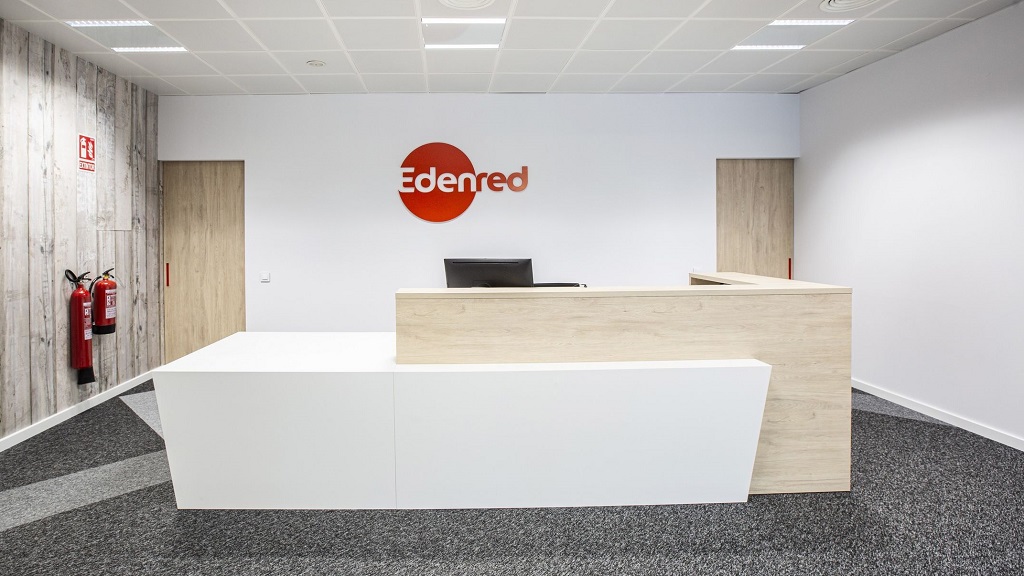
Lenovo has confirmed that aims to achieve net zero greenhouse gas emissions by 2050, a commitment that has also been validated and approved through the Science-Based Targets (SBTi) initiative. By partnering with SBTi and following its net zero emissions standard, Lenovo is taking a scientific and responsible, yet collaborative approach to lowering emissions.
By standing in line with the objectives of the SBTi, Lenovo has the option of knowing exactly when it will hit its 2050 target, something it couldn’t do otherwise. This is because that body is the first to normalize the meaning of net zero emissions, linking it to the effort to limit global warming to a 1.5 degree temperature rise.
In addition, the standard established by the SBTi is dynamic, and responds both to the efforts of companies and to changes in the planet’s temperature. And the fact of associating with the entity to achieve the objective facilitates both accountability and the continuity of efforts to achieve it.
Lenovo’s 2050 targets are in line with its 2030 emissions reduction targets, also validated by SBTi. These short-term goals assume reductions in Scope 1 and Scope 2 greenhouse gas emissions by 2030, a target that was launched in 2018. Lenovo has also committed to lowering Tier 3 greenhouse gas emissions. are those derived from the use of products sold by 35%, on average, for comparable products in the same period.
Well, Lenovo will reduce scope 3 emissions from purchased goods and services by 2030 by 66.55 per million gross profit. In addition, for the same year it will reduce another 25% per ton/km those originating from transportation and distribution. By 2050, the company commits to reduce absolute Scope 1, 2 and 3 greenhouse gas emissions by 90%.
Among the main strategies that Lenovo has implemented or will implement to reduce emissions are reducing the environmental impact of its products, as well as taking advantage of innovation to improve sustainability in its manufacturing processes. Also the reduction of emissions in all its operations and in the value chain.
On the other hand, Lenovo’s emissions measurement will contribute to a collaborative data set, which will serve to understand and limit climate change. This will be done in line with the Paris Agreement goal of limiting warming to 1.5 degrees Celsius above pre-industrial levels. In addition to working on reducing emissions, Lenovo has been recognized by Gartner as one of the world’s top 25 supply chains and is considered a leader in climate change and water security by CDP.
Yuanqing Yang, Chairman and CEO of Lenovorecalled that «as A global technology leader, Lenovo has been committed to reducing its emissions for more than a decade. In the fight against climate change, we believe that collaboration and responsibility are the two critical elements necessary for collective success. We remain dedicated to tracking climate science, standardizing our measurements, and seeking ongoing validation of our goals and progress.».
For his part, Luiz Amaral, CEO of the Science-Based Targets initiativehas stressed that «Climate science tells us that we need to cut emissions quickly and dramatically if we are to meet the global goal of net zero emissions and prevent the most damaging effects of climate change.. Lenovo’s net-zero emissions targets match the urgency of the climate crisis and set a clear example for its peers to follow».



